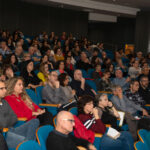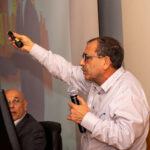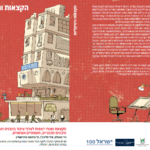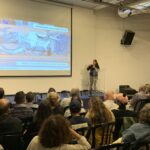PLPR’s annual conference moved online this year due to COVID travel restrictions. Researchers from all over the world have come together in what has become a traditional gathering of land-use policy enthusiasts. This year, Dr. Mualam and Dr. Mathias Jehling organized a special session on National Planning/Zoning and Erosion of Local Decision-Making: Can Panning Survive in the Face of Recentralization? The session featured exciting talks that reflected these policy shifts in the Netherlands, Greece, Turkey, France, Israel and Belgium. The underlying premise of this session was that, over the last few decades, national planners (for example, in Germany, Flanders, Malta, Greece and Israel) have reclaimed planning by introducing a range of tools, policies and regulations that circumvent, trump or ignore more local rules and policies. Although the literature talks a lot about devolution and decentralization, new national rules are being compiled in many countries. They circumvent and bypass local planning through national rules-setting, re-centralization, selective rescaling, transfer of powers back to central authorities, leap over local decisions, speeding up planning procedures, or through the elimination of local independence. These processes and policies are designed to address some of the issues and challenges that national (or upper-tier) governments consider to be important. Erosion of local planning in this way is carried out with the aim of speeding up planning, dealing with crisis situations, providing certain amenities, or simply for political reasons. This session therefore looked at key examples of this turn of events in several countries and discussed the motivations, rationales and outcomes of such policies.
Category: News
Do cities want to assert control over their public spaces?
Do cities want to assert control over their public spaces? How much control is there? The lab members Eynat Mendelson-Shwartz and Nir Mualam discussed these issues at the 2021 European Sociological Association Midterm Conference (Online). The talk was part of an exciting session which focused on street art. Lab members explored these issues by referring to the policy of mural art and the ways in which cities actively allow, ignore or reject murals painted in public spaces around the city. The talk summed up years of street art policy research by Eynat Mendelson Shwartz, PhD candidate and active member of the Lab.
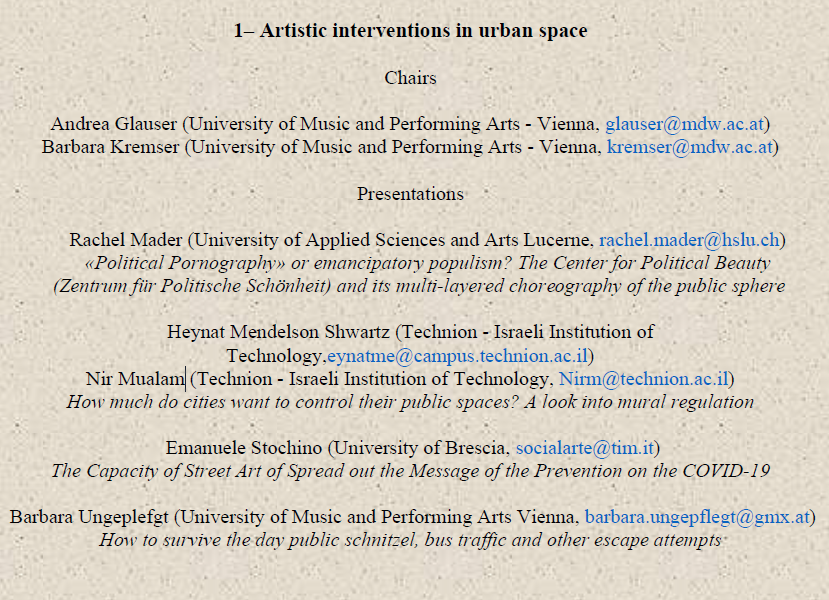
Gentrification and displacement study
Iris Brodkin of the Planning Policy Lab presented her new findings to a crowd of 200 planners and urban renewal enthusiasts. The study documents and maps gentrification and displacement in Tel Aviv following a major redevelopment project. Iris has identified a few anomalies in the way in which this redevelopment affects existing landowners. As hypothesized, there are several indicators suggesting that the area has undergone gentrification, but this does not necessarily mean that existing apartment owners have been displaced by upper to middle-class residents (image credit: Planning Policy Lab).
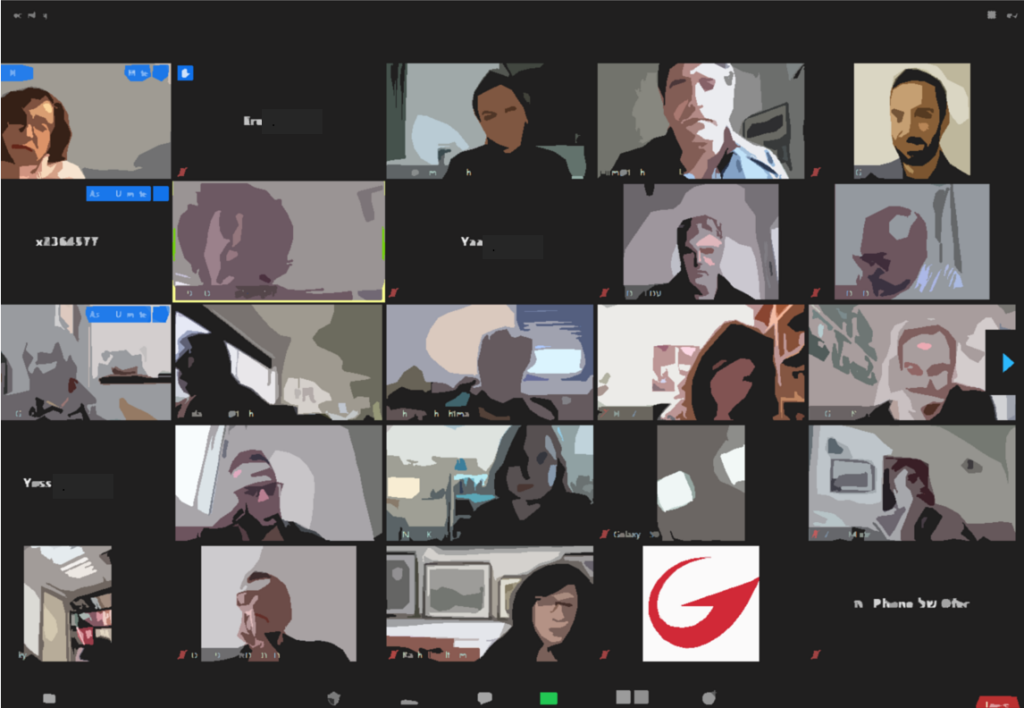
Why cross-national knowledge is important to the development of policy tools?
The Planning, Law, and Property Rights (PLPR) international association has created promotional videoclips ahead of PLPR’s 2021 annual conference. One of these discusses why cross-national knowledge is important to the development of policy tools. Dr. Mualam, along with PLPR members, discuss the importance of PLPR in facilitating these exchanges and cross-national learning.
Do social protests affect housing and land use reforms?
For several years lab members have been intrigued by a strong wave of urban protests that emerged around the world (Arab Spring, Occupy Wall Street, etc). The Lab’s new publication on the subject summarizes a two-year project designed to investigate whether social movements and urban protests make a difference. David Max, of the planning policy lab, notes: “As someone coming from outside Israel the process of writing this paper really opened my eyes on a few things and gave me a deeper understanding of the country’s history and why it is the way it is today. First, it gave me an understanding of the historical roots of the government’s economic philosophy – specifically, how the early days’ socialist roots that saw the government take responsibility for welfare and housing has given way to a neoliberal agenda where the markets are the guiding principle and the government retreats from the role of welfare provider. It certainly makes it easier to understand now during the pandemic why the government has done so little to provide an economic safety net for hundreds of thousands of unemployed people as compared to my home country and many others.
I was impressed by reading about how the protests started and the solidarity shown by Israeli society in rising up to protest a common problem. However I was disappointed to find out by looking at the bigger picture over the course of the research how the protests lost steam or the protesters’ demands were coopted by the government. It made me see that the protests perhaps did not go far enough and the Israeli public allowed itself to be soothed by insincere promises from the government to change things. In examining the various measures the government threw into place and seeing them expire after several years only to be replaced by another half-baked measure – it makes me realize they really haven’t gotten to the root of the problem and are just throwing any band-aid solution they can at it. A program to allow young couples to attain their first house by means of a lottery system is not a solution that can be taken seriously. I realized just how deeply-held the government’s neoliberal philosophy is; unwilling to alter the fundamental structure of the housing market or the pursuit of profit to make a real change for the benefit of their citizens. As someone who hopes in the future to buy a home here in Israel it was disheartening to realize that people my age stand no real chance of becoming homeowners without inheritance or parental help”.
To read more about our findings see here: https://doi.org/10.1080/02673037.2020.1853073
The preprint version of this publication was masterfully illustrated by Leo Atelman. We asked Leo to think about protests and how they are “translated” into regulations, policies, and reforms. We believe the cover photo encapsulates this process. We will be happy to hear your thoughts about it ! (Photo Credit: Leo Atelman for the Planning Policy Lab, Technion).

7th International Academic Conference on Places and Technologies, Belgrade
Dr. Mualam was invited to give a keynote speech in the 7th International Academic Conference on Places and Technologies, Belgrade, Serbia [Online] where he spoke about the “Maintenance and management of residential buildings: Technology and its impact on condominium living”. The talk focused on the challenges of living in high-rise multi-title buildings and the way in which technology can assist in managing and keeping these buildings intact. Dr. Mualam discussed how smart technology, mobile applications, and innovative tools can help co-owners manage and organize.

Legal Aspects of mixing together public amenities and residential functions
How can one mix together public and private amenities in a single building? How can policymakers achieve a good mix of publicly and privately owned floorspace? Lab members address this issue in their study on vertical allocations (see here: https://www.sciencedirect.com/science/article/abs/pii/S0264275118312770). Following, Dr. Mualam was invited by the Israeli United Architects Association to give a talk on the Legal Aspects of mixing together public amenities and residential functions.
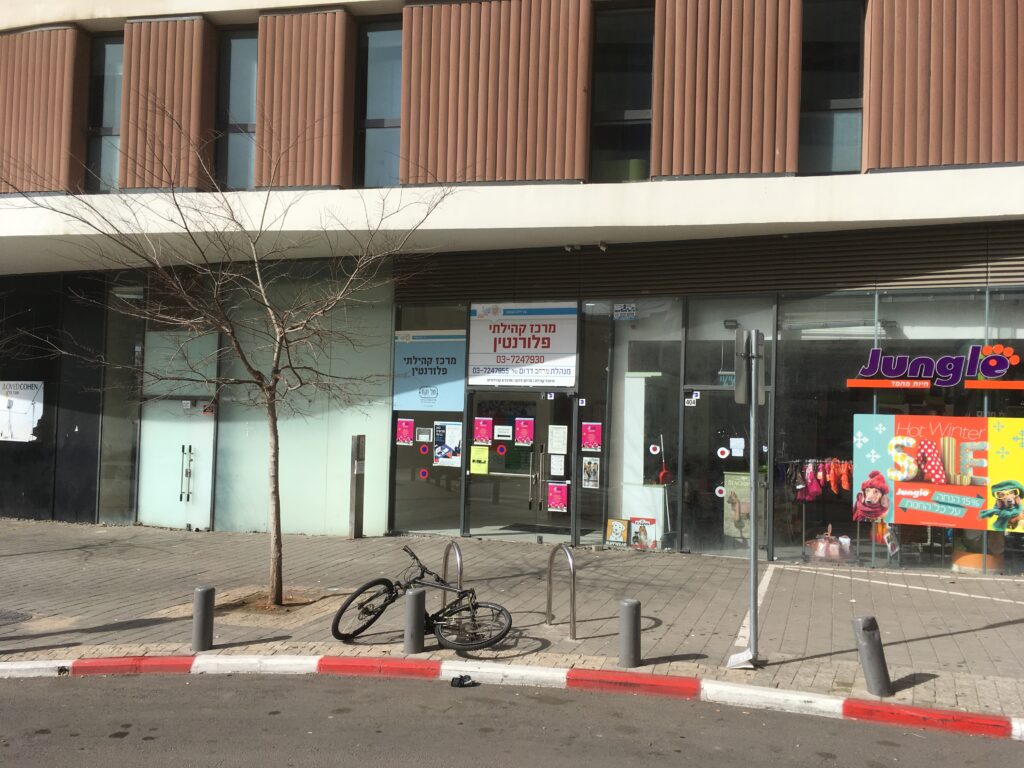
Annual Conference of PLPR
Lab members presented their research at the annual conference of PLPR (Planning, Law, and Property Rights Association). This time, PLPR moved to Ústí nad Labem, Czechia where old and new family members of the association shared thoughts and brainstormed (see further here: http://plpr2020.ujep.cz/ ). Lab member Eynat Mendelson Shwartz discussed how urban policies affect the ability of property owners to promote mural art. Dr. Mualam presented his recent study on centralization in land use planning in Israel. Dr. Mualam argued that as the world changes, planning policies change, and central governments seek new ways to trump local decisions while expediting development (for further details see here: https://doi.org/10.1016/j.landusepol.2018.03.019 )
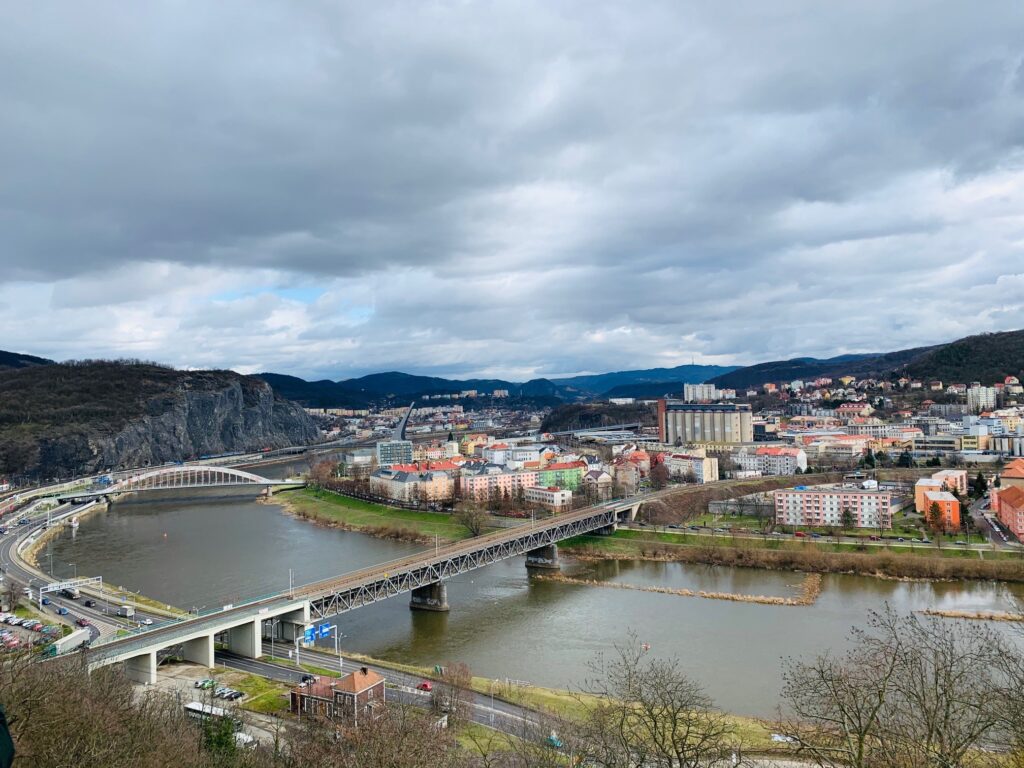
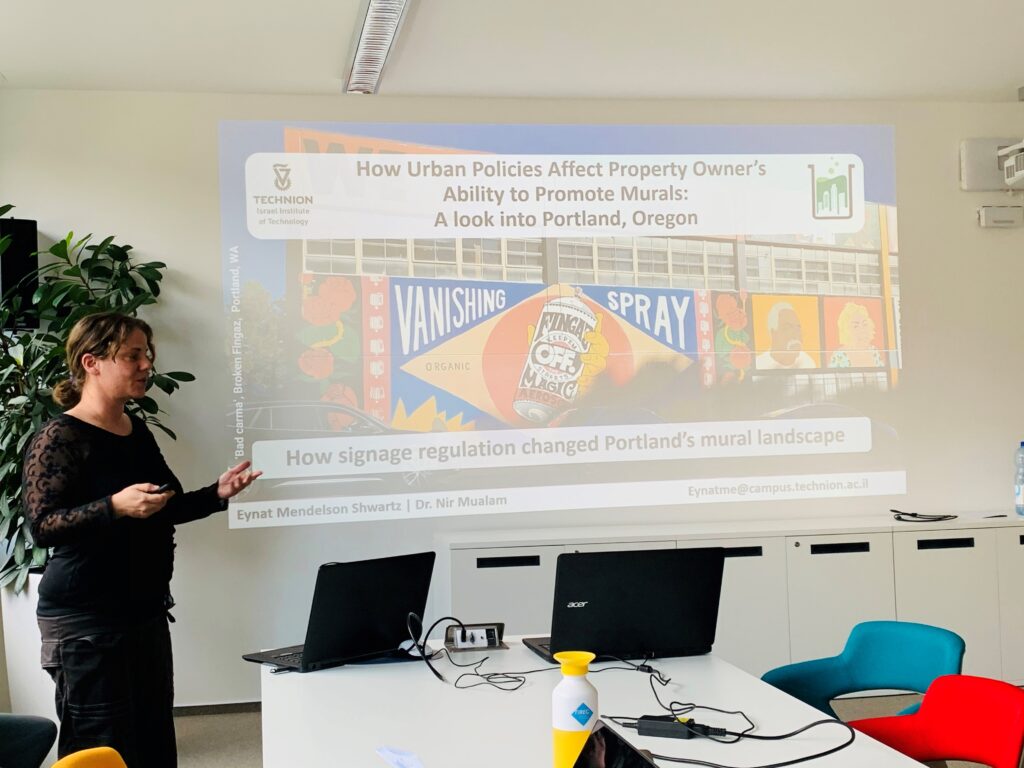
Book Launch, Technion
250 city planners, architects, real-estate appraisers, central government officials and researchers participated in a book launch event at the Technion. Dr. Mualam, together with Dr. Eyal Salinger and urban planner Gal Neuhaus-Foyerstein presented their recent study on vertical allocations, which was published by the Center for Urban and Regional Studies (CURS) at the Technion. The book, titled “Vertical Allocations: The Supply of Public Floorspace in Private Development,” describes and analyzes an innovative planning tool which enables local governments to allocate floors for a range of uses such as schools, kindergartens, public libraries, and more. The event, hosted by the Planning Policy Lab, presented select findings and spurred debate. The invited experts were split in their views; while some highlighted the responsibilities of developers to supply such floorspace, others were more skeptical and held the view that local government is not empowered by law to allocate public floors. The book is the first step in a much broader study on this topic which being carried out by the Lab.
Photos by: Haim Zinger.
Murals and the City – Tel Aviv – Nov 2019
Can cities devise better mural policies? Should they intervene in the first place? Should public space remain unregulated for the sake of democracy and free speech? On November 17, 2019, a group of city officials and artists convened in an attempt to answer these questions. Our Planning Policy Lab at the Technion together with Israel’s Planners Association hosted this event which turned into an intimate exchange between policy makers and art enthusiasts.
Street art has become an emblem of contemporary urban landscapes. Specifically, murals shape and reshape their environment, reflecting and influencing the city’s social, political, cultural and aesthetic values. Some artworks are actively promoted by the establishment as part of different strategies, while others are promoted from ‘below’, expressing private or community identity, and inserting spontaneity into today’s heavily regulated urban landscape. Street art has gained popularity in Israel in recent years. Increasingly, local authorities are promoting street art festivals and commission artworks as means of urban branding and promoting urban regeneration. As a result, of late, questions about mural policies emerge: focusing on whether the city administration should take control over public spaces, or- alternatively- allow artists and communities to express themselves without imposing bureaucratic requirements. This symposium addressed these issues.
Speakers:
Opening remarks: Head of the Israel Planners Association Rachel Katoshavsky
Introduction: Challenges and contradictions in placing murals in the public realm – Eynat Mendelson Shwartz, PhD candidate, and a member of the Planning Policy Lab underlined prominent conflicts around the globe associated with the placement of mural art.
How to make a place from space? Ms. Nur Cohen, project manager of the ‘Talpiot project’, Eden – subsidiary of the Jerusalem Development Authority, told the audience about the city’s policy and mural program. Her talk focused on the challenges and the achievements of Talpiot mural project, at the heart of an industrial area in Jerusalem.
An inside view #1 – Ms. Murielle Cohen, Artist. After the fall of the Twin Towers on 9/11, Murielle began to experiment with documenting life. Her constant interaction with street life drew her attention closer to street art. Today, with whimsical bursts of colorful murals, she has painted numerous artworks in Tel Aviv.
An inside view #2 – Ruben Karapetyan, Artist. Mostly known as #TAG, is a creator, designer, and artist, who uses the medium of street art as means of engaging in dialogue with his audience and reflecting on modern living.
The municipality’s approach to street art in the public space – Yoav David, city architect of city of Tel Aviv-Yafo and Tzlilit Ben Nevat, the director of the municipal art department, responded to current challenges in managing spontaneity in the public domain.



